Find Help
More Items From Ergsy search
-

Mechanical Lower Back Pain
Relevance: 100%
-
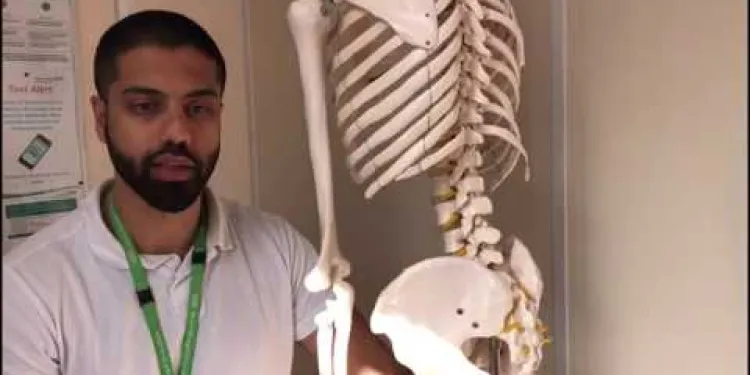
MSK Lower Back Pain information video
Relevance: 62%
-
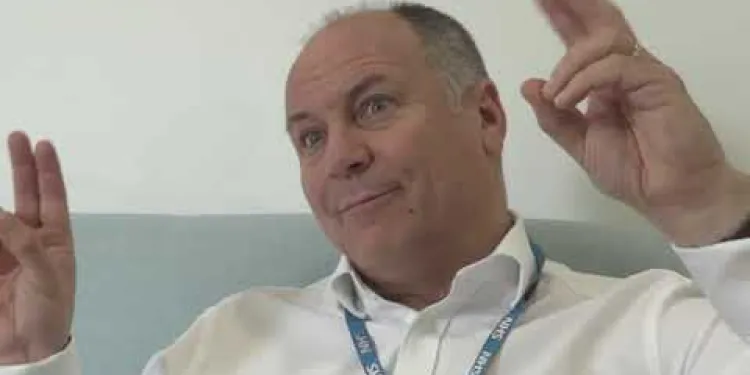
Useful information for patients with lower back pain
Relevance: 62%
-

Useful information for patients with lower back pain
Relevance: 62%
-

How do chiropractors treat back pain?
Relevance: 44%
-
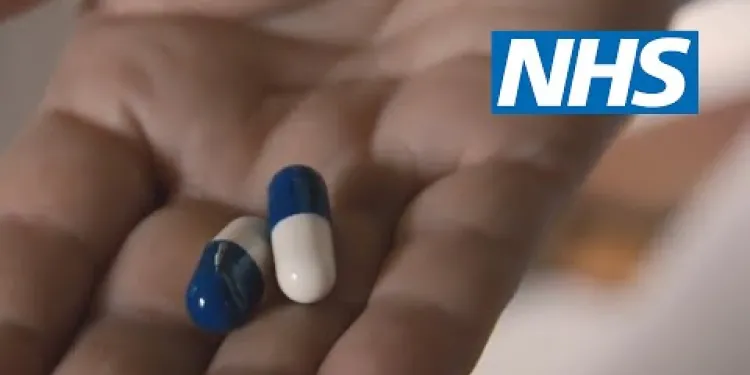
How to treat back pain | NHS
Relevance: 41%
-

Pilates for back pain: Seated waist twist | NHS
Relevance: 39%
-
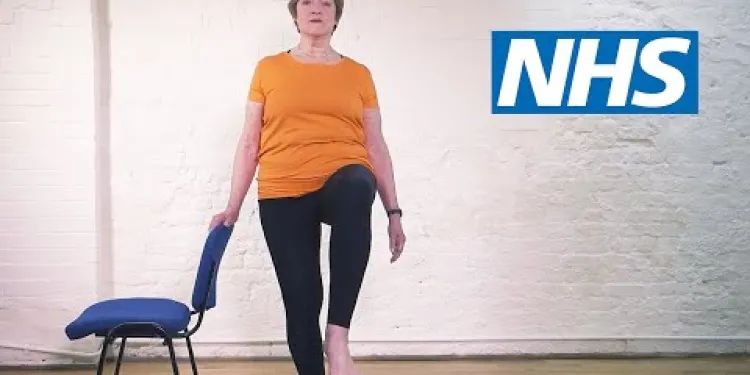
Pilates for back pain: Standing on one leg | NHS
Relevance: 39%
-

Pilates for back pain: Seated waist twist | NHS
Relevance: 37%
-

Back stretches | NHS
Relevance: 36%
-

Evidence-Based Interventions: injections for non-specific low back pain without sciatica
Relevance: 34%
-

Where is the pain located when you have appendicitis?
Relevance: 27%
-
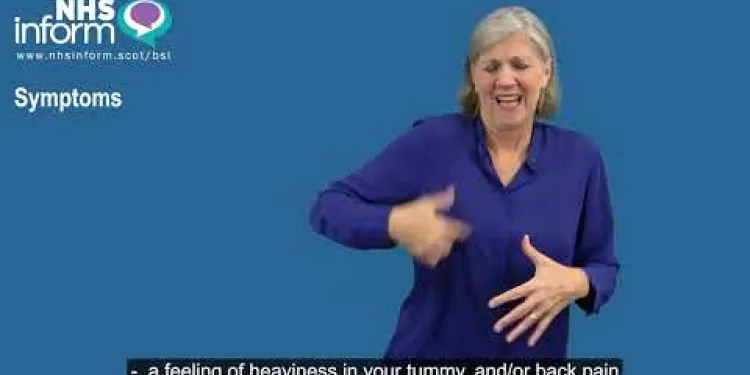
Period pain (dysmenorrhoea) - BSL
Relevance: 26%
-

Should I avoid lying on my back during exercise?
Relevance: 25%
-

Are chiropractic treatments painful?
Relevance: 24%
-
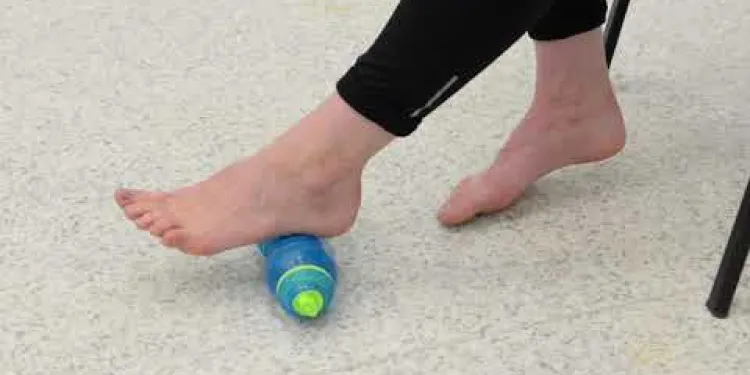
Foot Pain
Relevance: 24%
-
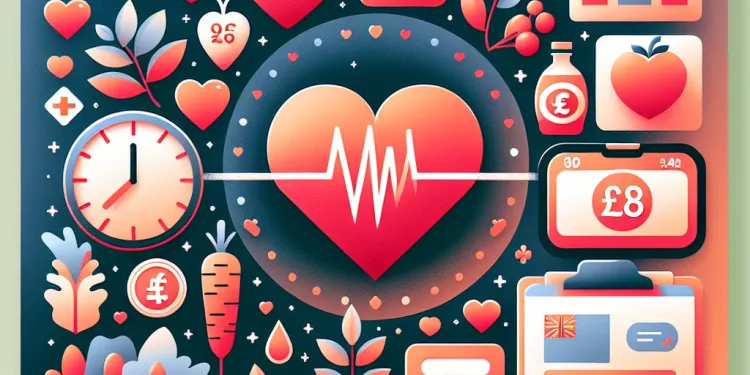
What lifestyle changes can lower blood pressure?
Relevance: 24%
-

How to deal with period pain | NHS
Relevance: 23%
-

How to deal with period pain | NHS
Relevance: 23%
-

How do NSAIDs work to reduce pain?
Relevance: 23%
-

How to deal with period pain | NHS
Relevance: 22%
-
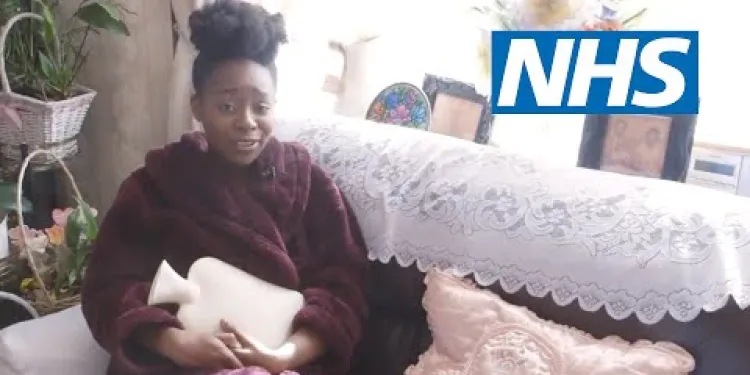
How to deal with period pain | NHS
Relevance: 22%
-
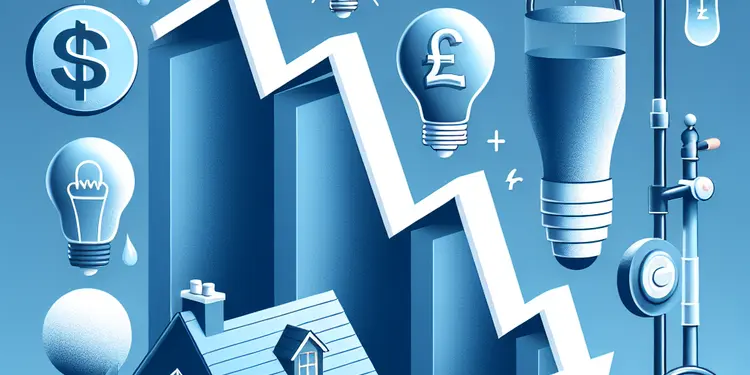
How can I lower my monthly utility bills?
Relevance: 22%
-
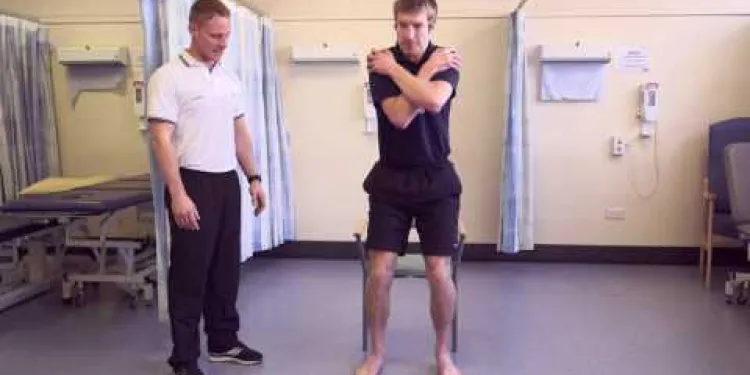
Exercises to help your lateral hip pain
Relevance: 22%
-

Are there any fees to claim money back?
Relevance: 21%
-
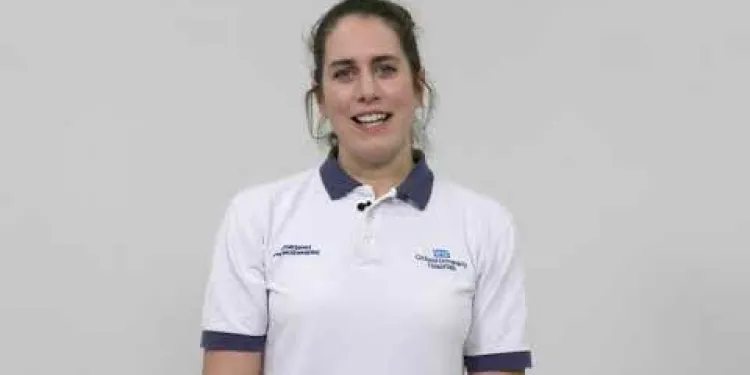
Pelvic Girdle Pain Advice Class
Relevance: 21%
-
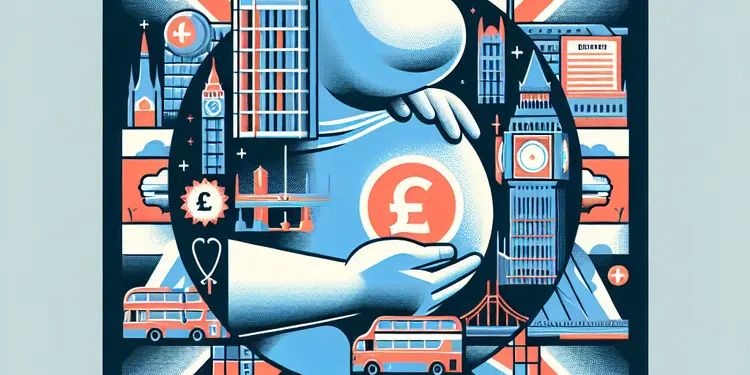
Can lifestyle changes help manage pain and fever during pregnancy?
Relevance: 21%
-

Is impetigo painful?
Relevance: 21%
-
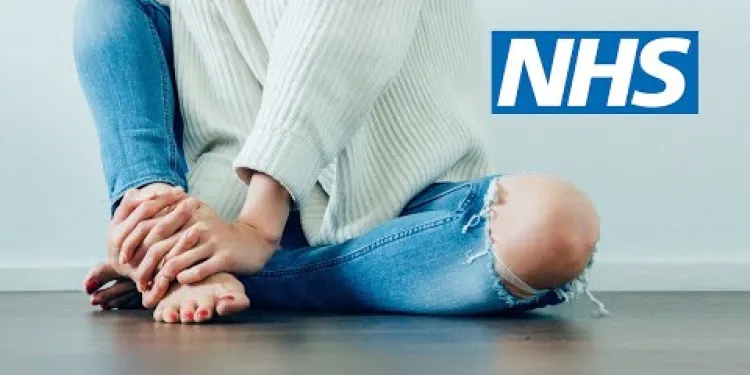
Heel pain | NHS
Relevance: 21%
-

Is a facelift painful?
Relevance: 21%
-
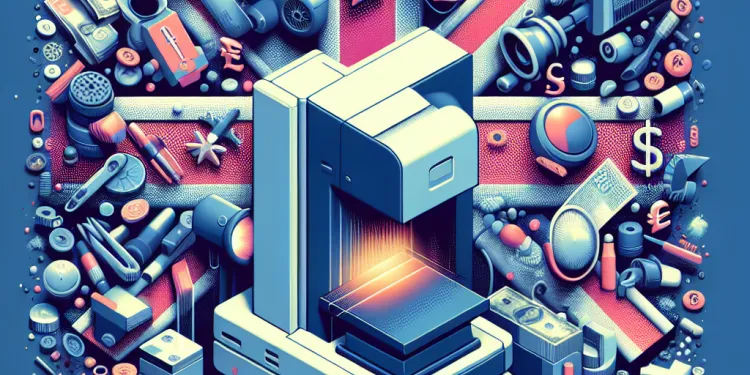
Is a mammogram painful?
Relevance: 20%
-
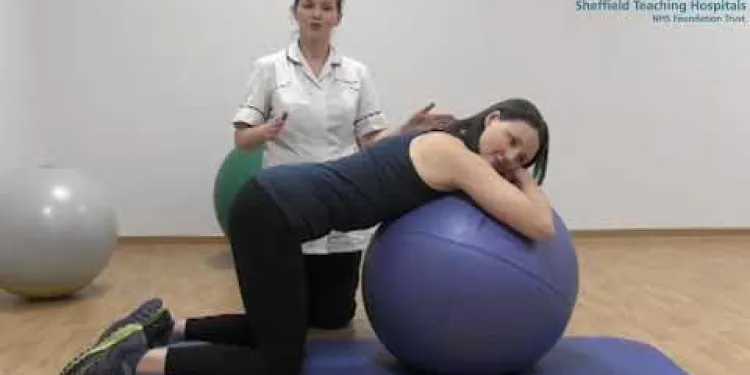
Mat and gym ball exercises with pregnancy related Pelvic Girdle Pain
Relevance: 20%
-

Shoulder pain | NHS
Relevance: 20%
-
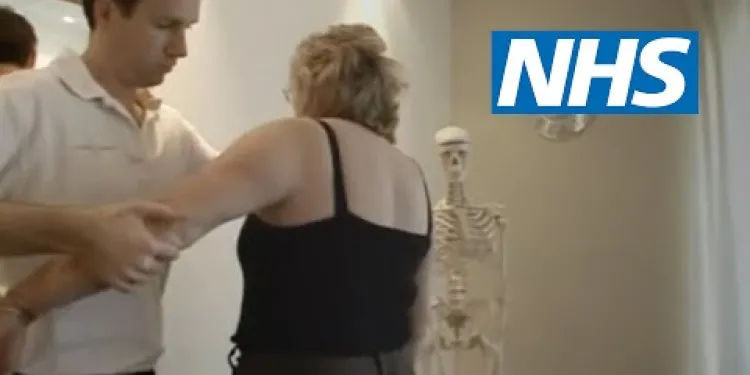
Shoulder pain | NHS
Relevance: 20%
-

Do online banks have lower fees than traditional banks?
Relevance: 20%
-
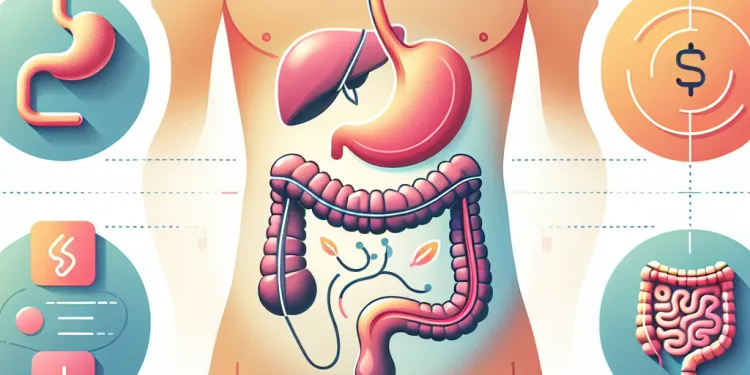
How is appendicitis different from other causes of abdominal pain?
Relevance: 20%
-

What lifestyle changes can help lower the risk of bowel cancer?
Relevance: 19%
-
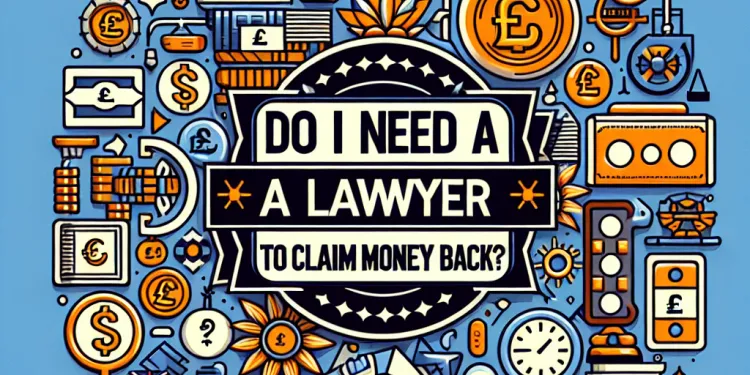
Do I need a lawyer to claim money back?
Relevance: 19%
-
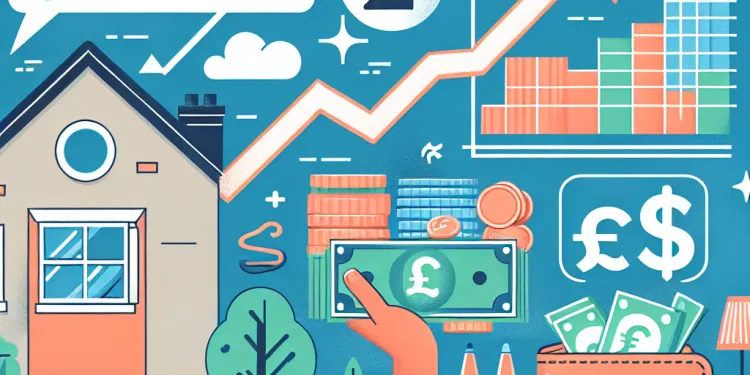
Do I need to pay back Household & Cost-of-Living grants?
Relevance: 19%
-

Will I feel pain during the procedure?
Relevance: 19%
Understanding Mechanical Lower Back Pain
What is Mechanical Lower Back Pain?
Mechanical lower back pain refers to pain that originates from the muscles, ligaments, joints, or bones in the lower back area. It is one of the most common forms of back pain that individuals experience in the United Kingdom and can severely affect one's quality of life. The pain can range from mild discomfort to severe, debilitating pain that restricts everyday activities.
Causes of Mechanical Lower Back Pain
This type of back pain can be caused by various factors, including poor posture, improper lifting techniques, muscle strains, or injuries. In some cases, degenerative changes in the spine, such as those associated with aging, can contribute to mechanical lower back pain. Other factors like obesity, lack of physical exercise, and stress can exacerbate the condition.
Symptoms to Watch For
Common symptoms of mechanical lower back pain include a dull or aching pain in the lower back, muscle stiffness, and reduced flexibility. The pain may worsen with movement, prolonged sitting, or standing. Occasionally, pain may radiate to the buttocks or thighs, although it does not typically extend below the knee like sciatica pain does.
Treatment and Management
Treatment for mechanical lower back pain often includes a combination of rest, physical therapy, and medications like anti-inflammatories or muscle relaxants. Maintaining a regular exercise regimen to strengthen the back and core muscles can also be beneficial. In some cases, manual therapy or chiropractic adjustments may provide relief. It is important to consult with healthcare professionals to develop a tailored treatment plan.
Preventive Measures
Preventing mechanical lower back pain involves adopting healthy habits such as maintaining good posture, using ergonomic furniture, exercising regularly, and practicing proper lifting techniques. Keeping a healthy weight and avoiding smoking can also reduce the risk of developing back pain.
When to Seek Medical Attention
If the pain is persistent, severe, or accompanied by symptoms such as numbness, tingling, or loss of bladder or bowel control, it is crucial to seek medical attention promptly. Early intervention can help prevent the condition from worsening and improve recovery outcomes.
Understanding Mechanical Lower Back Pain
What is Mechanical Lower Back Pain?
Mechanical lower back pain is pain in the lower back. It comes from muscles, joints, or bones. Many people in the UK feel this kind of pain. It can be annoying or very painful. This pain can make it hard to do daily things.
Causes of Mechanical Lower Back Pain
This pain can happen if you sit or stand badly, lift things wrong, or get hurt. Getting older can also cause changes in the spine, leading to pain. Being overweight, not exercising, and stress can make it worse.
Symptoms to Watch For
Look out for a dull or sore feeling in your lower back. You might also feel stiff or not able to move easily. Pain can get worse if you move, sit, or stand for too long. Sometimes, pain can spread to your bottom or thighs, but it usually doesn't go below the knee.
Treatment and Management
To feel better, you might need to rest and do some exercises. Medicines can help too. Building strong muscles in your back and stomach is good. Sometimes, a back doctor can help. Talk to a healthcare worker to find the best plan for you.
Preventive Measures
To stop back pain before it starts, sit and stand tall. Use good chairs and tables. Exercise often, and lift things correctly. Stay at a healthy weight and do not smoke to keep your back strong.
When to Seek Medical Attention
If your pain does not go away, is very bad, or if you feel numb or tingle, see a doctor. Also, see a doctor if you can't control your bladder or bowel. Getting help early can make things better.
Frequently Asked Questions
What is mechanical lower back pain?
Mechanical lower back pain refers to pain primarily caused by strain or injury to the muscles, ligaments, intervertebral discs, or the spine itself.
What are common symptoms of mechanical lower back pain?
Symptoms typically include localised pain in the lower back, stiffness, muscle spasms, and sometimes pain that spreads to the buttocks, but does not usually radiate down the leg.
What are the common causes of mechanical lower back pain?
Common causes include poor posture, heavy lifting, sudden movements, and degenerative changes related to aging, such as osteoarthritis.
How is mechanical lower back pain diagnosed?
Diagnosis usually involves a physical examination and a review of the patient’s medical history. Imaging tests like X-rays or MRI scans may be used if there is suspicion of a more serious condition.
What are the treatment options for mechanical lower back pain?
Treatment options include rest, physical therapy, pain relief medications, exercises, and in some cases, steroid injections or surgery.
Can mechanical lower back pain be prevented?
Yes, it can often be prevented with regular exercise, proper lifting techniques, maintaining good posture, and staying at a healthy weight.
Is it safe to exercise with mechanical lower back pain?
Mild to moderate exercise can be beneficial, but it’s important to avoid activities that strain the lower back. Consult a healthcare provider for personalised advice.
When should I seek medical help for lower back pain?
You should seek medical help if the pain is severe, persists for more than a few weeks, spreads to the legs, or if you experience symptoms like fever, weight loss, or problems with bladder or bowel control.
Are there any home remedies for mechanical lower back pain?
Home remedies include hot or cold compresses, over-the-counter pain medication, and gentle stretching exercises. However, it’s important to avoid prolonged bed rest.
What is the role of physical therapy in treating mechanical lower back pain?
Physical therapy can help strengthen the back and core muscles, improve flexibility, and teach proper movement techniques to prevent future injuries.
Can ergonomic furniture help with mechanical lower back pain?
Yes, using ergonomic furniture such as adjustable chairs and standing desks can help maintain proper posture and reduce lower back strain.
What medications are commonly used for mechanical lower back pain?
Common medications include over-the-counter pain relievers like ibuprofen, acetaminophen, and sometimes prescription muscle relaxants or anti-inflammatory drugs.
Is surgery ever required for mechanical lower back pain?
Surgery is usually a last resort and is considered if conservative treatments fail and the pain is debilitating or associated with nerve compression symptoms like weakness or numbness.
Can alternative therapies help with mechanical lower back pain?
Alternative therapies such as acupuncture, chiropractic care, and massage therapy may provide relief for some individuals. It’s important to consult with a healthcare provider before starting any alternative treatments.
What lifestyle changes can help manage mechanical lower back pain?
Maintaining a healthy weight, staying active, practicing good posture, quitting smoking, and managing stress can all help reduce the risk and severity of mechanical lower back pain.
What is mechanical lower back pain?
Mechanical lower back pain is when your lower back hurts because of how your spine, muscles, or joints move. This pain can happen if you bend, lift, or twist in a way that is not good for your back.
To help with this kind of pain, you can:
- Rest and take a break from heavy lifting.
- Use an ice pack on your back for short periods.
- Try gentle stretches to help your back feel better.
- If the pain does not go away, see a doctor for advice.
Using simple moving activities can help your back. Ask someone to help you find exercises that are good for you.
Mechanical lower back pain means your back hurts because the muscles, bands that hold your bones together, discs between your bones, or the spine itself are hurt or strained.
What Are Common Signs of Lower Back Pain?
When your lower back hurts, it is called lower back pain. Here are some signs that you might notice if you have it:
- Your back feels stiff or sore.
- It hurts to move your back.
- Muscles in your back feel tight.
- You might feel pain in your bottom or legs.
- The pain gets worse when you sit or stand for a long time.
If you feel these signs, it can help to do gentle stretches or use a warm pack. Talking to an adult or a doctor can also help you feel better.
Signs of this problem include pain in the lower back, feeling stiff, and having muscles tighten up. Sometimes the pain can also move to your bottom, but it usually doesn't go down your leg.
What makes the lower back hurt?
Back pain can happen because of a few common things. It might be from standing or sitting badly, lifting something really heavy, moving too quickly, or because our bodies change as we get older. One of these changes is something called osteoarthritis, which can make our joints hurt.
How do doctors find out if you have mechanical lower back pain?
Doctors can help find out if your lower back hurts because of your muscles or bones. They will:
- Ask you questions about your pain.
- Check how you move your back.
- Sometimes take pictures of your back with machines like X-rays.
If you need help with your reading, you can:
- Use apps that read text out loud.
- Ask someone to read it with you.
- Use online tools that make text bigger and clearer.
To find out what's wrong, doctors look at your body and ask about your health in the past. If they think something is serious, they might use special pictures, like X-rays or MRI scans, to see inside your body.
How can you help pain in your lower back?
You can get better by doing these things:
- Take a break and rest.
- Do exercises and work with a helper called a physical therapist.
- Take medicine to help with pain.
- Sometimes, doctors may give you special shots called steroid injections.
- In some cases, you might need an operation called surgery.
If you find it hard to understand, you can ask a friend or family member to help explain. Using picture books or videos can also make it easier to learn.
Can we stop lower back pain from happening?
Back pain can hurt a lot. There are some things you can do to help stop it from happening. Here are some tips:
- Stand up straight and do not slouch.
- Lifting things? Bend your knees and keep the item close to your body.
- Exercise to keep your back strong. Walking and swimming are good.
- Sleep on a comfy bed.
- Ask a grown-up or doctor for more help.
These tips can help your back feel better. If your back hurts, tell someone.
Yes, you can often stop it from happening. You can do this by doing exercise regularly, lifting things the right way, sitting and standing up straight, and keeping a healthy weight.
Can I exercise if my lower back hurts?
If your lower back hurts, you might wonder if it is okay to exercise. Here is some simple advice:
- It is important to move gently and not do any exercises that make the pain worse.
- If you feel a lot of pain, stop and rest.
- Talk to a doctor or physiotherapist. They can help you find safe exercises.
- You can try stretching or walking slowly. These are usually safe and can help you feel better.
Remember to take it easy and listen to your body. If something hurts, it's important to stop.
Doing light or easy exercises can be good for you. But make sure you don’t do exercises that hurt your back. Talk to a doctor to get advice just for you.
When should I get help from a doctor for lower back pain?
If your lower back hurts, here is when you should see a doctor:
- Pain is very strong and doesn't go away.
- Pain makes it hard for you to move or walk.
- You feel numb or weak in your legs.
- You have a fever, and your back hurts.
- You can't control when you go to the bathroom.
If you are unsure, ask an adult you trust for help. You can also use a phone to call a doctor and ask questions.
If you have really bad pain, it is important to see a doctor. You should also see a doctor if the pain lasts for more than a few weeks, if it moves down to your legs, or if you have other problems like a fever, losing weight, or trouble with peeing or pooping.
It might help to use tools like picture cards or a calendar to keep track of how you feel each day. You can also ask a friend or family member to go with you to the doctor to help explain how you feel. Remember, it is okay to ask people to repeat things or explain them in a different way if it helps you understand better.
Can I try anything at home to help with lower back pain?
You can try a few things at home to feel better. You can use a warm or cold cloth on the sore spot. You can take medicine from the store for pain. You can also do gentle stretches to help. But, don't stay in bed too long. Moving a bit can be good for you.
How does physical therapy help with lower back pain?
Physical therapy can help if your lower back hurts. It uses exercises to make your back stronger. It can also help you move better. A physical therapist teaches you how to do special exercises.
Physical therapy can help you feel less pain. It can also help you do everyday activities more easily.
If you want help with back pain, you can talk to a doctor or a physical therapist. They can help you find the best exercises for you.
If you find reading hard, you might like using tools that read text out loud or highlight words as you read. You can ask someone to help you with reading too.
Doing exercises with a physical therapist can make your back and tummy muscles stronger. It helps you move better and learn safe ways to move, so you don't get hurt again.
Can special furniture help with lower back pain?
Special types of furniture, called ergonomic furniture, might help if your lower back hurts. This furniture is designed to be comfortable and to support your back.
What to Try:
- Sit in an ergonomic chair: This chair supports your back and can make sitting easier.
- Use a cushion: A soft cushion can help your back feel better when you sit.
- Take breaks: Stand up and move around every 30 minutes to keep your back from hurting.
These tips can help make your back feel better. You can also ask an adult for help if you need to get special furniture or cushions.
Yes, using special furniture like chairs you can change and desks where you can stand can help you sit or stand up straight. This can stop your back from hurting.
What medicines help with lower back pain?
If your lower back hurts, doctors can give you medicines to help. Here are some that people use:
- Pain Pills: These help make the pain less. You can get some at the store, like paracetamol or ibuprofen. Some you need from a doctor.
- Muscle Relaxers: If your back muscles are very tight, these can help them relax.
- Topical Creams: You can rub these on your back to help with pain.
It's good to talk to your doctor to know which one is right for you.
Useful Tip: Use reminder apps to take your medicine on time.
Some medicines you can take for pain are ibuprofen and acetaminophen. You can buy these at a store. Sometimes, a doctor might give you stronger medicine to help your muscles or to reduce swelling.
Do you need surgery for lower back pain?
Doctors think about surgery when other treatments don't work. They do this if the pain is very bad or if it causes muscle weakness or numb feelings.
To help understand this better, you can:
- Use pictures or videos to see what surgery is.
- Talk to a doctor or nurse who can explain it in simple words.
- Ask someone you trust to help you understand.
Can different types of therapies help with back pain?
Sometimes, people feel pain in their lower back because of how their body moves. This is called mechanical lower back pain. There are different ways to help with this type of pain, called therapies.
Some therapies are:
- Exercise: Moving your body can help make your back stronger.
- Stretching: This can help your back feel better.
- Massage: Someone can rub your back to ease the pain.
- Heat or Ice: Putting something warm or cold on your back can help.
If you have back pain, talk to a doctor or therapist. They can tell you which therapies might work for you.
Using pictures and videos can help show how to do exercises and stretches. Talking with friends or family can also make it easier to understand.
There are different treatments that might help you feel better. These include acupuncture, chiropractic care, and massage. Before you try any of these, talk to a doctor or nurse to make sure it's safe for you.
What can you do to help with lower back pain?
Here are some things you can change in your life to make your lower back feel better:
- Move More: Try to walk or stretch every day. It can help your back feel better.
- Stand Up Straight: When you stand, keep your back straight. It can stop your back from hurting.
- Lift Safely: Bend your knees when you lift things. This helps your back stay safe.
- Sit with Support: Use a comfy chair that supports your back.
- Rest Well: Sleep on a good mattress to help your back rest well.
**Tips:**
- Use stretchy bands for exercises.
- Ask an adult to show you safe ways to lift heavy things.
- Use a night light if you need to get up in the dark, so you don’t trip.
To help your back feel better, try to:
- Keep a healthy weight.
- Stay active and move around.
- Sit and stand up straight.
- Stop smoking.
- Find ways to relax and stay calm.
These tips can help make your back hurt less.
Useful Links
- Ergsy carfully checks the information in the videos we provide here.
- Videos shown by Youtube after a video has completed, have NOT been reviewed by ERGSY.
- To view, click the arrow in centre of video.
- Most of the videos you find here will have subtitles and/or closed captions available.
- You may need to turn these on, and choose your preferred language.
- Go to the video you'd like to watch.
- If closed captions (CC) are available, settings will be visible on the bottom right of the video player.
- To turn on Captions, click settings .
- To turn off Captions, click settings again.
More Items From Ergsy search
-

Mechanical Lower Back Pain
Relevance: 100%
-

MSK Lower Back Pain information video
Relevance: 62%
-

Useful information for patients with lower back pain
Relevance: 62%
-

Useful information for patients with lower back pain
Relevance: 62%
-

How do chiropractors treat back pain?
Relevance: 44%
-

How to treat back pain | NHS
Relevance: 41%
-

Pilates for back pain: Seated waist twist | NHS
Relevance: 39%
-

Pilates for back pain: Standing on one leg | NHS
Relevance: 39%
-

Pilates for back pain: Seated waist twist | NHS
Relevance: 37%
-

Back stretches | NHS
Relevance: 36%
-

Evidence-Based Interventions: injections for non-specific low back pain without sciatica
Relevance: 34%
-

Where is the pain located when you have appendicitis?
Relevance: 27%
-

Period pain (dysmenorrhoea) - BSL
Relevance: 26%
-

Should I avoid lying on my back during exercise?
Relevance: 25%
-

Are chiropractic treatments painful?
Relevance: 24%
-

Foot Pain
Relevance: 24%
-

What lifestyle changes can lower blood pressure?
Relevance: 24%
-

How to deal with period pain | NHS
Relevance: 23%
-

How to deal with period pain | NHS
Relevance: 23%
-

How do NSAIDs work to reduce pain?
Relevance: 23%
-

How to deal with period pain | NHS
Relevance: 22%
-

How to deal with period pain | NHS
Relevance: 22%
-

How can I lower my monthly utility bills?
Relevance: 22%
-

Exercises to help your lateral hip pain
Relevance: 22%
-

Are there any fees to claim money back?
Relevance: 21%
-

Pelvic Girdle Pain Advice Class
Relevance: 21%
-

Can lifestyle changes help manage pain and fever during pregnancy?
Relevance: 21%
-

Is impetigo painful?
Relevance: 21%
-

Heel pain | NHS
Relevance: 21%
-

Is a facelift painful?
Relevance: 21%
-

Is a mammogram painful?
Relevance: 20%
-

Mat and gym ball exercises with pregnancy related Pelvic Girdle Pain
Relevance: 20%
-

Shoulder pain | NHS
Relevance: 20%
-

Shoulder pain | NHS
Relevance: 20%
-

Do online banks have lower fees than traditional banks?
Relevance: 20%
-

How is appendicitis different from other causes of abdominal pain?
Relevance: 20%
-

What lifestyle changes can help lower the risk of bowel cancer?
Relevance: 19%
-

Do I need a lawyer to claim money back?
Relevance: 19%
-

Do I need to pay back Household & Cost-of-Living grants?
Relevance: 19%
-

Will I feel pain during the procedure?
Relevance: 19%


